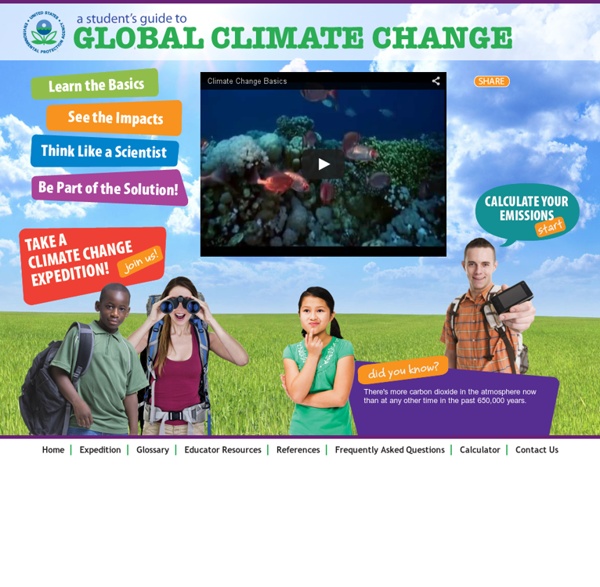Zoom
Trash
Related: Group Assignment



A weatherman breaks down in tears and vows NEVER to fly again due to grim climate-change report Eric Holthaus, who used to do weather for Wall Street Journal, was reacting to Friday's findings from the Intergovernmental Panel on Climate Change Scientists found in the report that it was 'extremely likely' that humans are causing warming trendsHolthaus said he has decided not to have children in order to leave a lighter carbon footprint, and has considered having a vasectomyHe tweeted on Friday 'no children, happy to go extinct'The weatherman also said he is committed to stop flying as 'it's not worth the climate'US Secretary of State, John Kerry, calls the report 'an alarm bell'It means scientists have moved from being 90 per cent sure to 95 per cent sure regarding global warming By Marie-louise Olson Published: 12:36 GMT, 28 September 2013 | Updated: 17:43 GMT, 30 September 2013 A meteorologist who has covered weather for the Wall Street Journal tweeted that he has decided not to have children in order to leave a lighter carbon footprint, and is considering having a vasectomy.
Climate change: the effects on ocean animals The “poster child” for global warming is the polar bear. But many other animals are already feeling the effects of global climate change on the oceans. Find out about the changing climate's impact on the earth’s population of sea turtles, right whales, penguins, seals, lobsters, and cod. The Arctic’s top predator, the polar bear, is affected both by the reduction in sea ice and by reduced stocks of its primary food, the ringed seal. Polar bears use sea ice as a platform for hunting their prey and for resting. But sea ice is decreasing throughout their Arctic range due to climate change. As sea ice becomes thinner and multi-year ice disappears, a greater proportion of females make their dens on land, expending more energy to get there. Polar bears are often described as completely dependent on ice for their survival. In 2008, the U.S. Back to top Taken by New England Aquarium Educator Jessica Lavash in Padre Island, Texas. Adult feeding patterns are also affected by climate change.
WWF: Climate change Carbon dioxide, or CO2, is the most significant of the gases in our atmosphere which keep the Earth warm. 4 billion years ago its concentration in the atmosphere was much higher than today - 80% compared to today's 0.03%. But most of it was removed through photosynthesis over time. A natural carbon dioxide cycle keeps the amount of CO2 in our atmosphere in balance. The amount of naturally produced CO2 is almost perfectly balanced by the amount naturally removed.
Netiquette What Is A Desert? 3,200 Year Old Tree Never Been Captured In A Single Image... (Distractify) Cloaked in the snows of California’s Sierra Nevada, the 3,200-year-old giant sequoia called the President rises 247 feet. Two other sequoias have wider trunks, but none has a larger crown, say the scientists who climbed it. The figure at top seems taller than the other climbers because he’s standing forward on one of the great limbs. The trunk is 27 feet wide and the his mighty branches hold 2 billion needles, the most of any tree on the planet. Giant sequoias exist in only one place, where The President and smaller trees that make up his “House” and “Senate”, reside. The team painstakingly put together a set of pulleys and levers to climb the tree. Awesome stuff. Chael Nichols, Ngm staff. Order Large Format Prints at: NationalGeographicCart.com
WWF: Climate Change | Threats Shop to Support WWF Shop at AmazonSmile to support our global conservation efforts every time you buy. It’s the same Amazon.com you know—same products, same prices—and 0.5% of each purchase price is donated back to WWF. ToonDoo - World's fastest way to create cartoons!